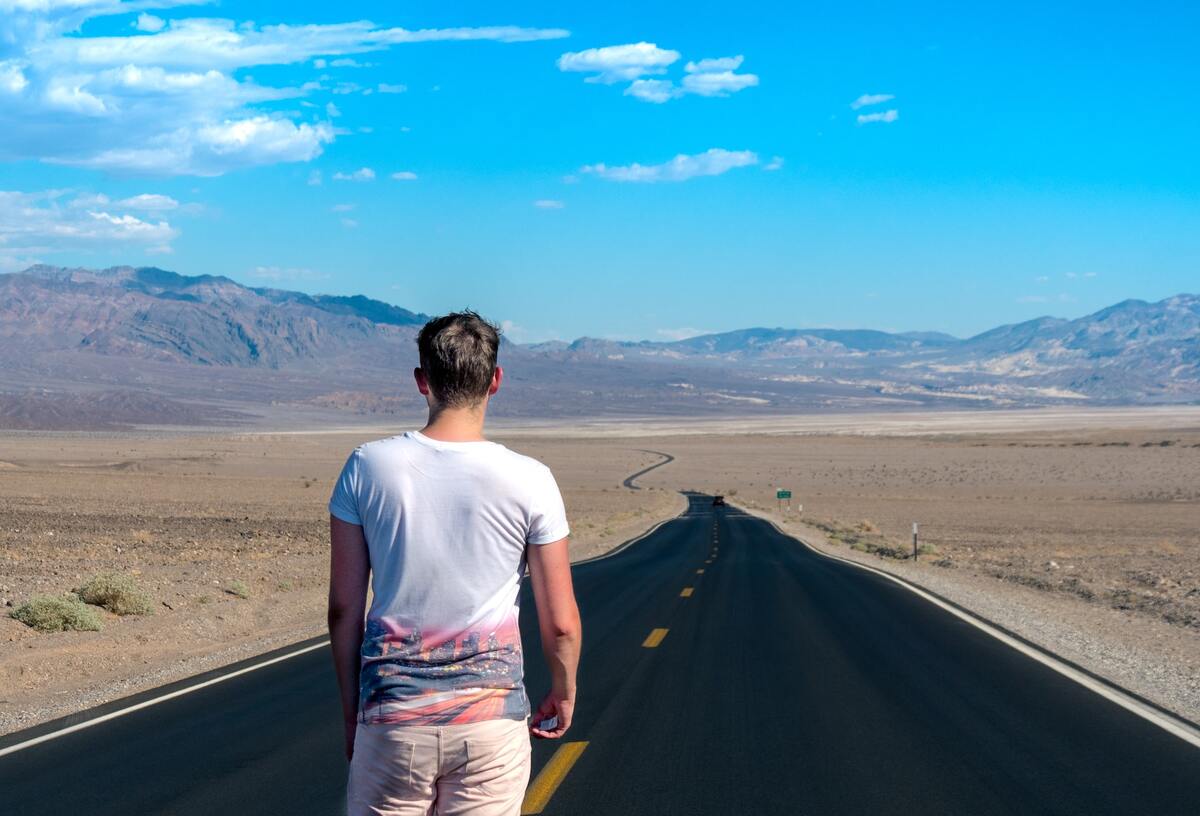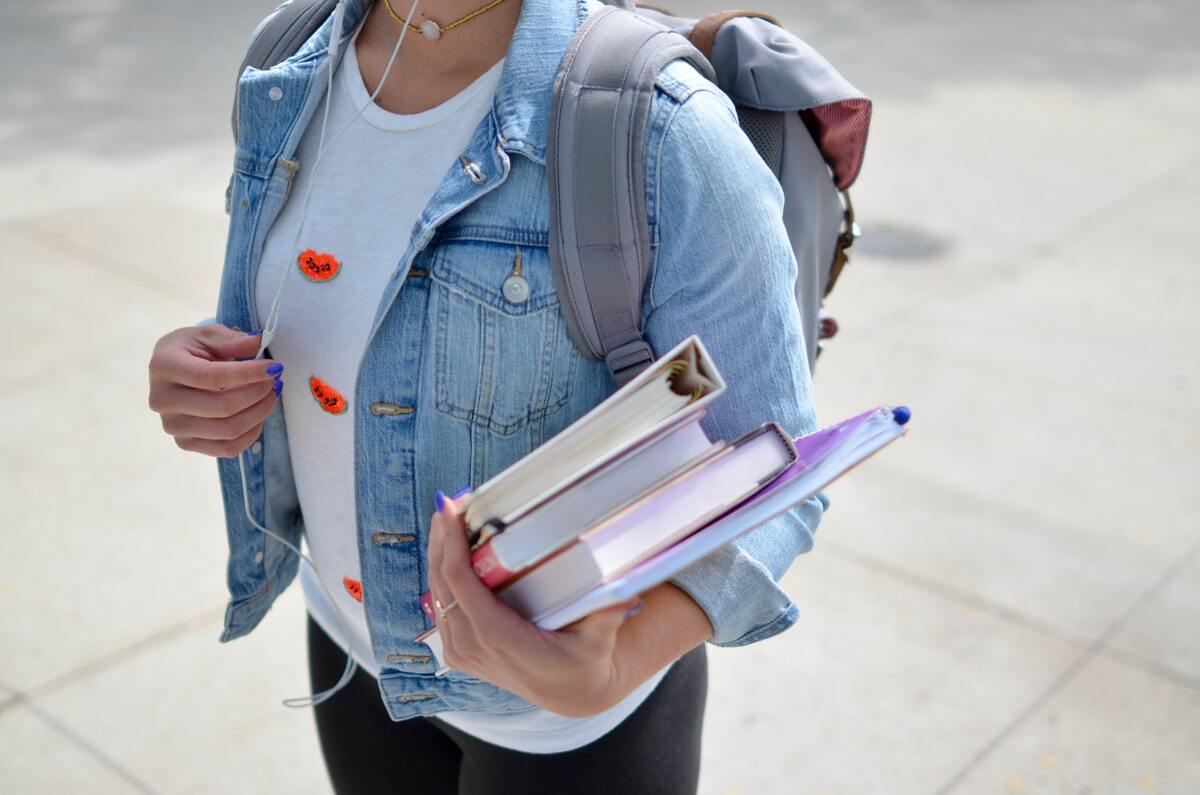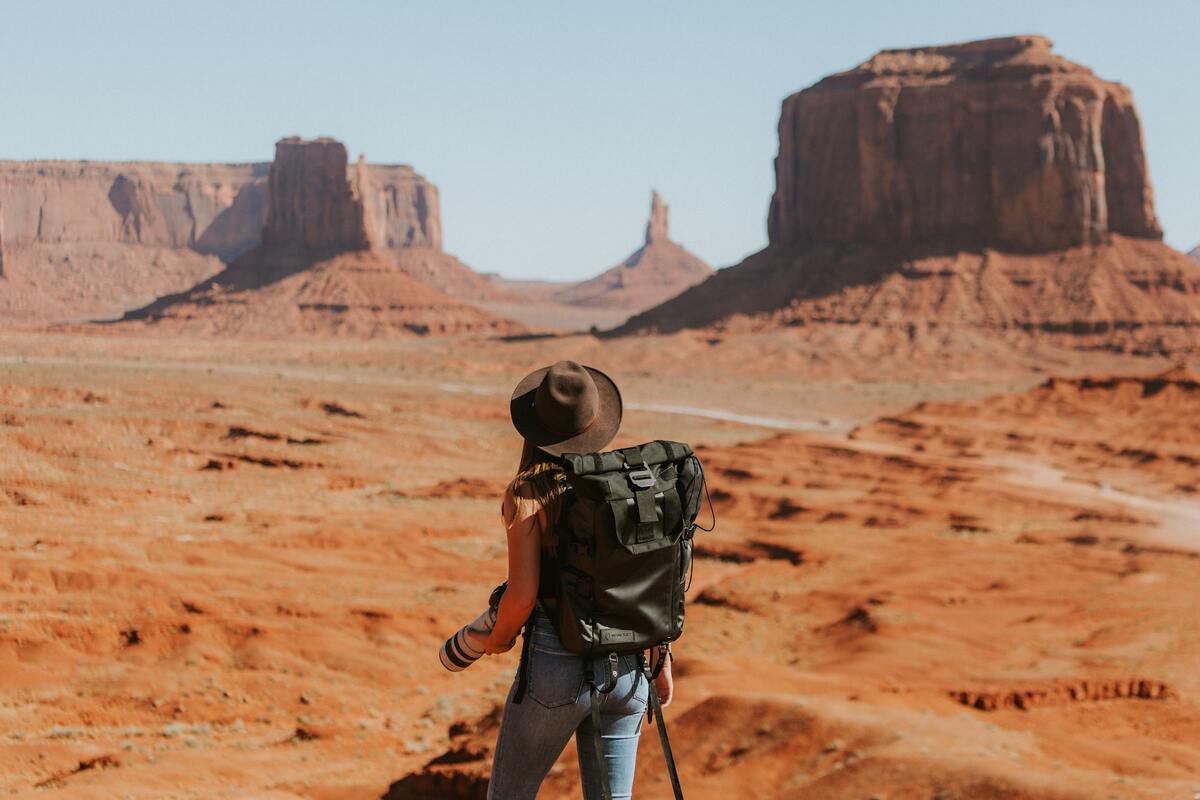Camp Leaders Guides: Travel Photography for Beginners
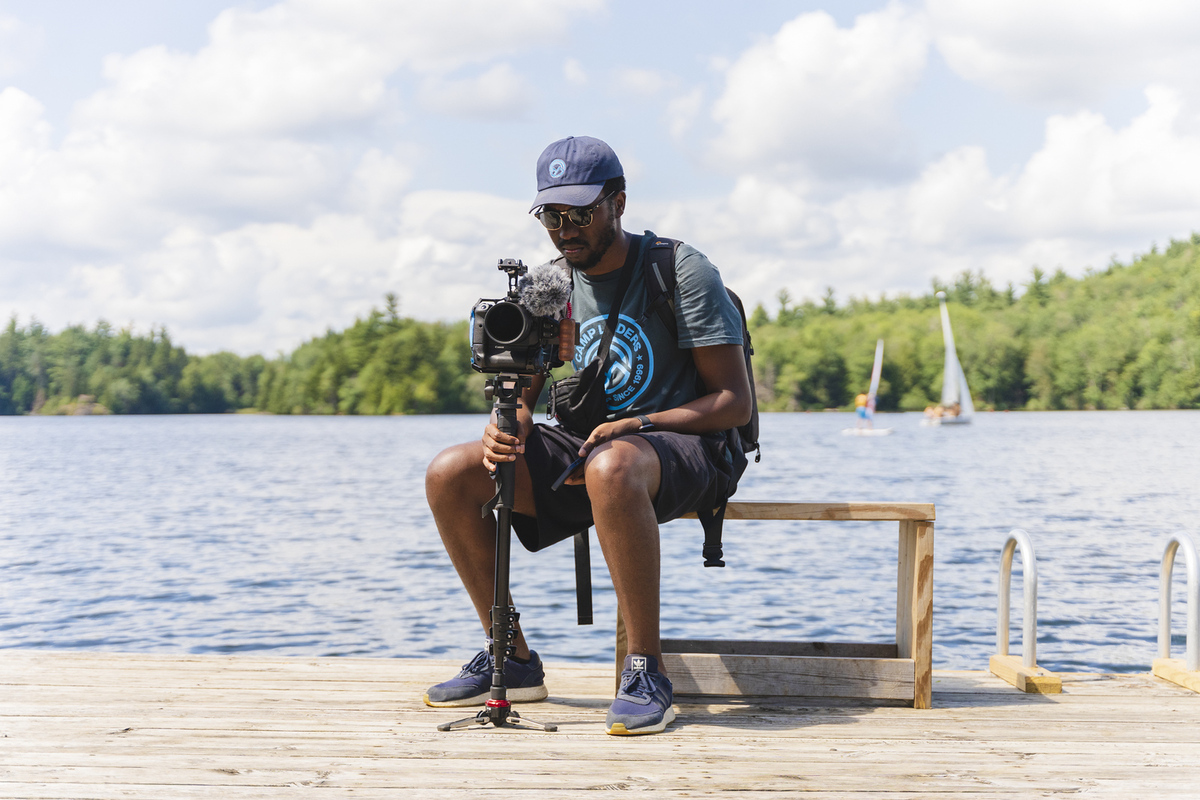
Welcome to your all-in-one guide to travel photography for beginners.
With the world having eased out of lockdown restrictions and life getting back to some sense of normality, you may find yourself wanting to enthral yourself in an environment that doesn’t just consist of your couch and TV.
Whether you’re looking to travel abroad for the likes of summer camp in America or keep it local, you need the tools to capture these experiences.
In a digital age where visual storytelling is becoming more prevalent than ever, you may want to improve the quality of your holiday snaps.
This beginner’s guide will give you the information you need to start your travel photography journey.
From photo-taking tips to our own camera and accessory recommendations, we hope by the end, you’ll be eager to head out on your own adventures to capture stories needing to be told.
Here's what this Camp Leaders Guide will include:
- What is travel photography?
- How to take a photo
- What to consider on every shot
- What to photograph
- Camera recommendations
- Travel photography accessories
- Travel photo editing
Read below to find out more on each and to begin your own journey into travel photography.
What is travel photography?
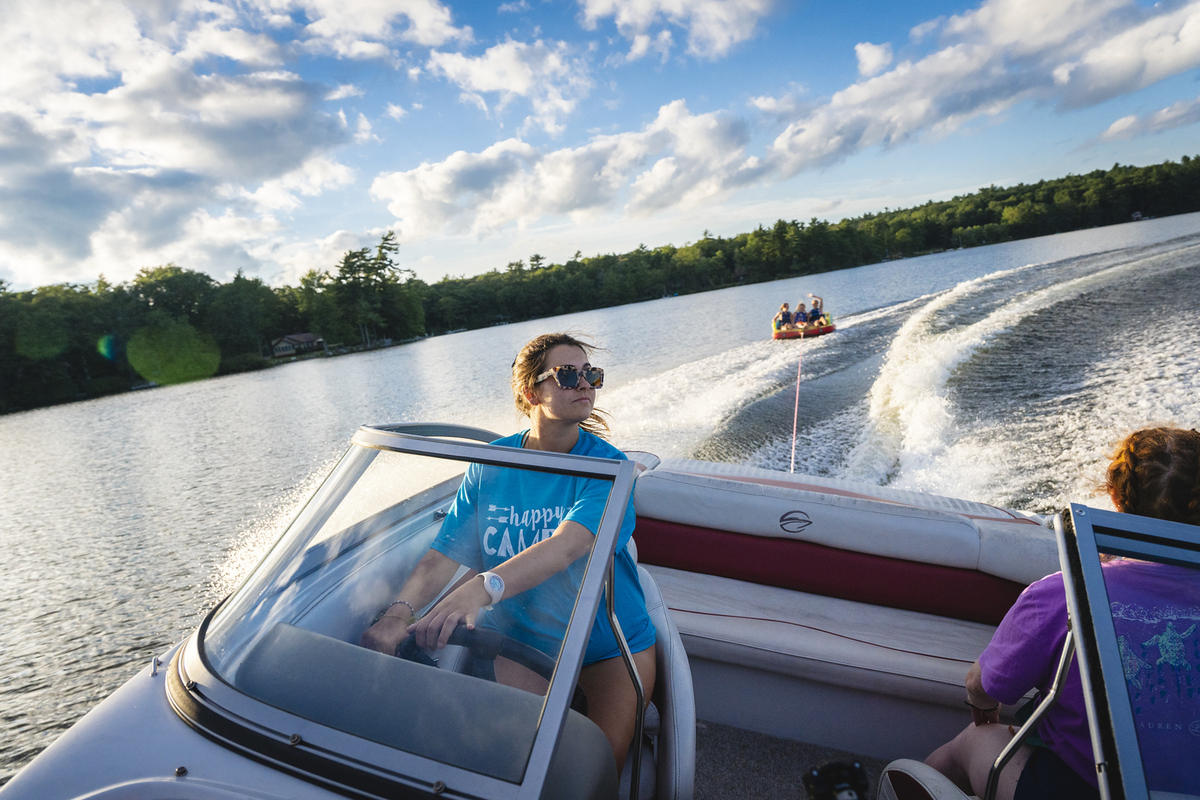
It seems pretty self-explanatory, right? The great thing about it is; it really is.
Travel photography captures the moments that matter whilst travelling. It can be your recent trip to a local or national park or even a luxurious holiday halfway across the world.
The only criterion is that travel photography should portray scenes and landscapes you wouldn’t experience in your typical day-to-day life.
In a more profound sense, travel photography is about immortalising memories you may otherwise forget.
Travel photography gives us easy visual access to our emotions while discovering a new place and terrain.
How to take a photo

If you’ve never used a camera other than your phone, it’s important to learn photography fundamentals before starting your travel photography for beginner’s journey.
Although your phone camera is a great option, you will discover its limitations quickly, and you may want to upgrade soon. For an in-depth tutorial on travel photography for beginners, look at this blog post covering the basics of getting started in photography.
For the sake of this post, we’ll assume you will be using your camera on ‘auto’ mode, meaning everything here will apply to smartphone users.
Auto mode is excellent for travel photography because it means you never miss a moment. You don’t have to worry about your camera’s settings; instead, you can focus solely on what you’re shooting.
It is also a lot less intimidating for new travel photography beginners. The only downside is that you have less control over the look of your final image, but the latest cameras and smartphones have more than adequate auto modes that will give you great results.
However, here are some tips and pointers on aspects of travel photography that your camera’s auto mode can’t do for you.
- Angles
One of the biggest tips about taking photos is to be intentional with your angles.
There is nothing less interesting than taking a photo at your eye line. Everyone is familiar with this angle as it is how we navigate the world.
Be creative and experimental. Try getting low (careful not to scrape your knees, though). Maybe try getting higher (but nothing dangerous, of course).
Think about taking a photo from a perspective people aren’t accustomed to. This will ensure your snaps are engaging and eye-catching.
- Lighting
Our next travel photography for beginners tip is to think about your lighting.
Lighting often makes or breaks a photo, so it’s essential to get it right, especially if you don’t intend to edit your photos.
You will always get the best light at either sunrise or sunset. This is because the sun is at its lowest and gives off a much softer and even look.
It is often referred to as ‘golden hour’ and is what your favourite influencers and selfie-takers live for.
However, whilst travelling, you may have an itinerary, and shooting at these times may not always be possible.
It is perfectly okay to shoot during other times of the day, but you must be aware of the issues you may run into.
If you take photos close to midday, the sun is at its highest point and, therefore, harsher, meaning you’ll fight against shadows and blown-out highlights.
Our tip is to find a way to block the sun (if you can). Take your photos in the shade, or get a friend to use something to block the incoming light.
If you’re taking photos at night, you’ll have the opposite problem.
Because of the compact size of most travel cameras, their sensors are not the biggest, meaning they don’t perform particularly well in low light.
This doesn’t mean you cannot capture those moments when the sun goes down; just use the lights available. Maybe there are street lights or shop stores nearby that have lights emanating from them. Think outside the box.
There’s always a light source somewhere, and even though it may not be the best light, it is better to have a poorly lit photo than no photo at all.
What to consider on every shot
- Ensure your camera is level/still
Making sure your camera is level (and still) is an important place to start.
Wonky horizons can really mess with your composition. There is something very unnerving when looking at a photo which is a bit askew, or it’s out of focus.
Use what you see through the lense to align your photo. Whether it be the straight rooftop of a building, the horizon or, if nothing stands out, use the settings on your camera. If you’ve got a Tripod, use it.
A great setting to use is the grid on your camera or phone. Use the lines to help you straighten your image and level up.
- Composition
It’s funny how the brain works - We are naturally drawn to certain patterns. Through the positioning of a picture we can predict where you’ll look first and where your focus will be. Snazzy that.
Putting this knowledge to the test, there are a few quick composition techniques which - aside from what’s featured in the photo itself - we can use to make the pictures naturally pleasing for our viewers; whether it’s being viewed in a top gallery or at home on the settee with your mum.
- Rule of thirds
One of the easiest composition tricks is the rule of thirds. By dividing your picture into clear sections, you’ll be able to shoot balanced and interesting photographs.
The guidelines themselves look like an almost 9 part grid (you may have noticed them when focusing your camera, or if you have grid on on your phone). When you align these lines with elements of your photo… you are applying the rule of thirds.
Sunsets when traveling are some of the absolute best. To get the best photo, avoid splitting the image half and half, as it won’t look as good.
Instead, compose your shot with two-thirds sky, and one-third land or sea. It will make all the difference.
- Leading lines
Sometimes when you look at the landscape there are natural lines. When you capture these in a photo your eyes will naturally follow the line to whatever is featured at the end. A really obvious and good example of this are roads going into the horizon or train tracks.
When traveling in the USA there are some fantastic landscapes and roads which seemingly continue forever. By pinpointing the road in the middle of your shot, the leading line will lift your eye line to the horizon - which if you’ve used the rule of thirds… is going to look spectacular.
- Framing
Framing is a technique to bring a subject into focus. You’ll be able to find natural frames in quite a few places, if you know what you’re looking for.
A great example of a frame would be a doorway or arch. By taking a step back and using the frame to (literally) frame your focus - you’ll be capturing some really artsy stuff.
- Focal point
Although last in our composition list… one of the first questions you should ask yourself when shooting a picture is “what’s my focal point in this photo”... What do you want people to look at?
A focal point can be anything from a person to a building. There are some cool techniques when bringing attention to your focal point. Blurring either the foreground or background will really focus the viewer.
Have a play with your camera settings and see what works for you.
What to photograph
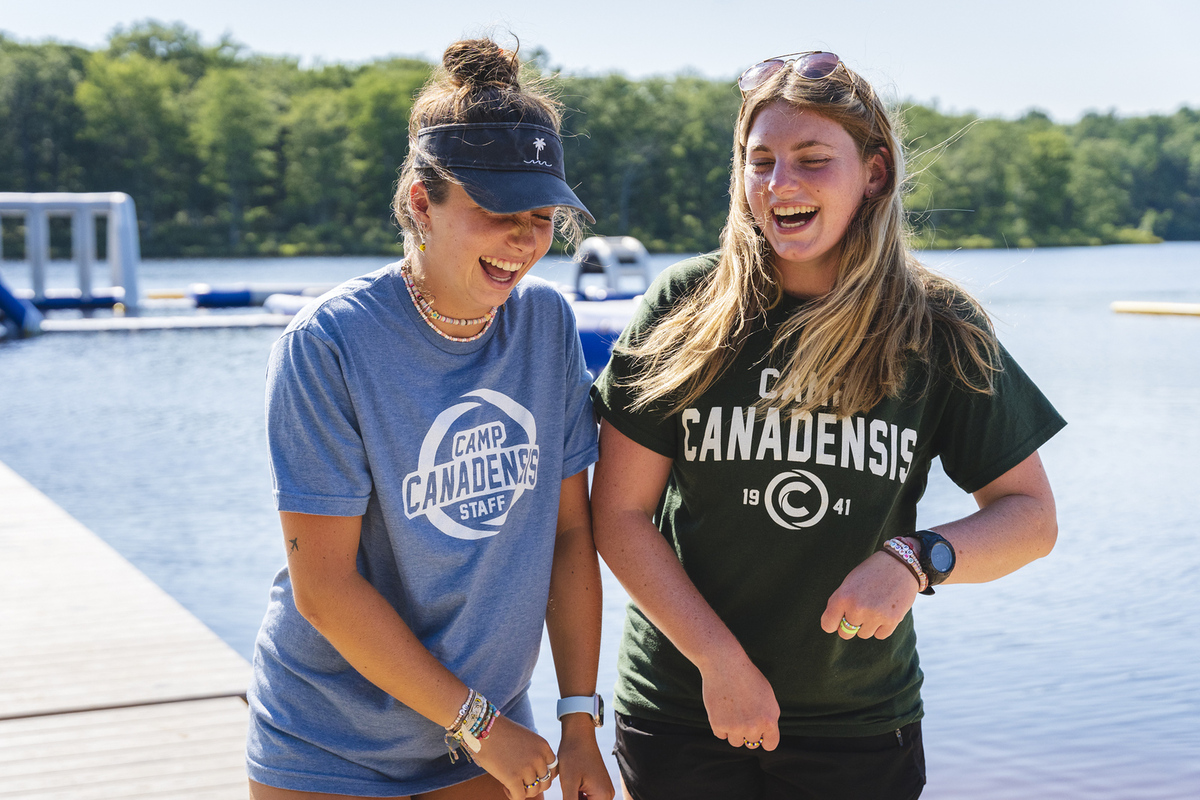
It’s great to have a sense of what images you want to capture whilst exploring new territory.
You might want to be more dynamic in your approach and take photos of whatever catches your eye, or maybe you want to be more intentional.
Either way, having an idea of what makes good travel photography will help massively.
- Friends and family
Your photos will seem much more personal if you make your family or friends the subject.
It’s also mutually beneficial for both parties. You’ll have a model/subject for your photos, and your friend/family member will then have some cool photos to post on their Instagram.
One thing to stress is these photos don’t always have to be posed; sometimes, the best photos come from candid moments. Viewers of your photos can always tell a genuine smile from a forced one.
Don’t be afraid to whip out your camera at any given opportunity and snap those moments that would otherwise pass you by.
- Landscapes
The reason why you’re travelling may be due to the sheer picturesque qualities of the locations.
It would be a shame to go there, see it with your eyes, and not have anything to show for it.
Landscape photography is popular because it gives us a sense of escapism. What you are seeing, you won’t be able to see anywhere else, so it only makes sense that you get a photo.
Landscapes can range from cityscapes to vast valleys and mountains, so capture what means most to you.
- Architecture
With any city you visit, especially ones with historical significance, its beauty will likely come from its architecture.
When roaming city streets, don’t forget to look up, as this is where you’ll find some of the most beautiful pieces of architecture.
Numerous tourist attractions are famous because of their unique construction, so you may visit impressive cathedrals, castles, and skyscrapers.
- Street
Street photography is often seen as a very pure form of photography.
Anyone can go out and do it, and it captures authentic moments but presents them in a visually interesting way.
Walking down the street is a mundane task for the majority of us, but think about the moments you are missing. Street photography has no rules; take your camera and photograph whatever crosses your eye.
Most of the time, you do not need the people’s permission to take their photo in a public space, but always be courteous and ethical and check the guidelines and laws of the countries you visit.
- Food
You’re bound to taste some of the local delicacies on your travels.
Food photography has its place in social media, and sometimes a plate of a restaurant special might be a thing of beauty.
It is the norm that we take photos of our food before we eat it, so this may not be news to you.
But just as landscapes and architecture are the calling card of a destination, their food is equally significant.
Camera recommendations for travel photography beginners
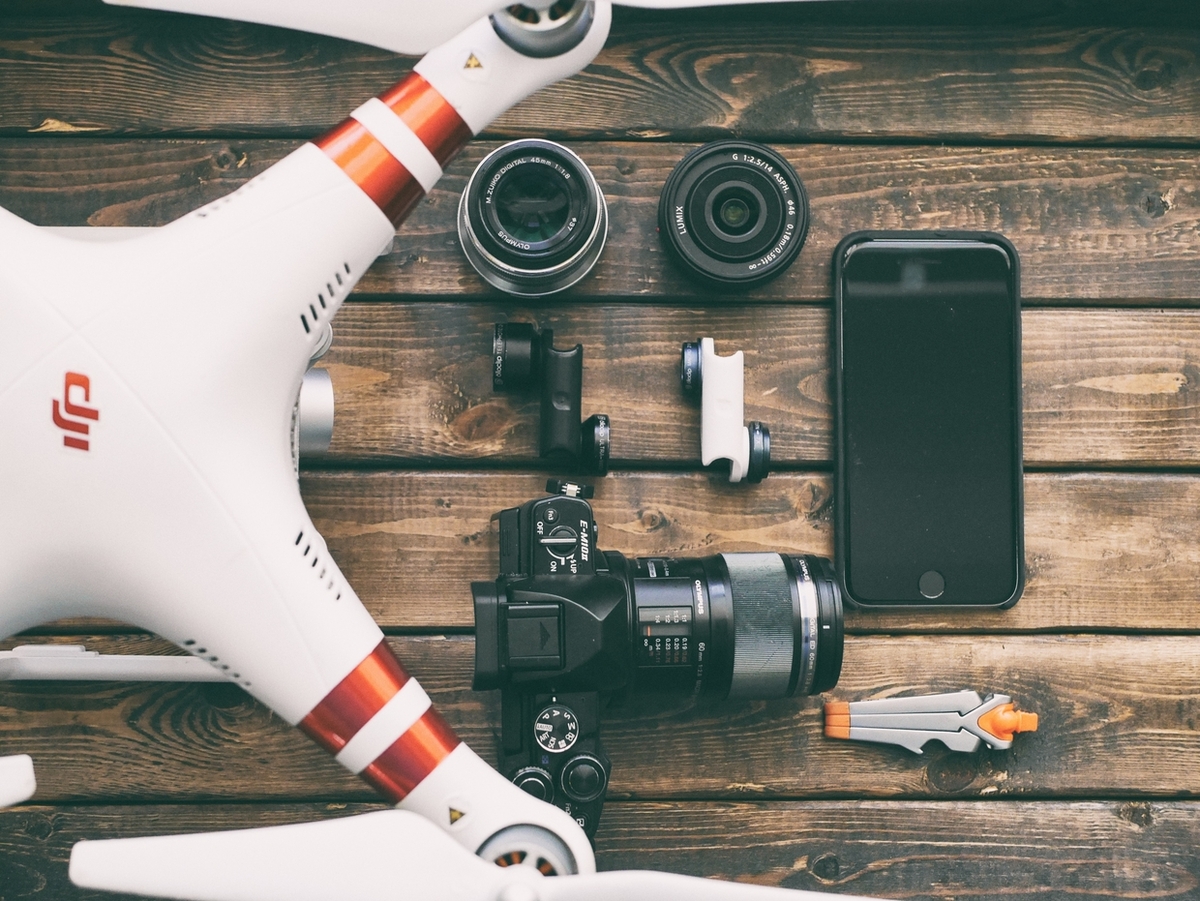
Now let’s get to the exciting stuff.
What are you going to use to capture these fantastic images? The great thing about camera technology is that there’s something for everyone. No matter your competency or budget, there is a camera for you.
For travel photography, your equipment must be as compact as possible. Because of this, we will be giving you our top picks for compact and mirrorless cameras.
These tend to be the smallest and most transportable options. However, you should be aware of a key difference between the two.
- Compact vs mirrorless
You may have heard the term “point-and-shoot cameras”.
These tend to refer to compact cameras because of their high usability. They are deemed the easiest camera to use as you can often point and shoot without further input.
They are also small in size, no bigger than your smartphone, so it is easy to fit them into your pocket. They will often be more capable than your smartphone, so an upgrade may be necessary if you want to be more creative with your photos.
Mirrorless cameras are a relatively new camera system that has become popular in recent years., with the top camera manufacturers investing heavily in the system.
In short, mirrorless cameras are an evolution of DSLRs where they no longer house a mirror inside their bodies. These mirrors give the user real-time feedback in the viewfinder, whereas mirrorless cameras incorporate electronic viewfinders.
Mirrorless cameras are becoming more popular because they offer similar functionality to a DSLR but come in a much smaller package. Mirrorless cameras, as opposed to compact cameras, have the advantage of having interchangeable lenses.
There are a lot of cameras to choose from, so no matter what camera you buy, you’ll be able to capture fantastic images.
We understand that, as a beginner, you may not be able to invest a ton of money, so our recommendations below represent good value for money.
Travel photography accessories recommendations

In most situations, your camera will be enough, but we understand that you may need other accessories to capture those memories.
We’ve put together a list of our favourite travel accessory items we like to have when out taking photographs.
Gorilla pod
You may not be too familiar with what a gorilla pod is, but they are an accessory all travel photographers should have in their arsenal.
They are essentially lightweight tripods that can be contorted to make them useful in various situations.
They can adapt to any terrain, and you can even wrap them around poles to expand your creativity.
- Joby Gorillapod
- Rhodesy Phone Tripod
- Inovopod
Travel tripod
A tripod won’t be necessary for everyone, but it may come in handy if you like taking photos of landscapes.
A travel tripod will give you more height than a gorilla pod, but they’re not as portable even though they are light.
Camera strap
You want to ensure that there is no possibility of your camera slipping out of your hands when you’re out capturing those amazing memories.
We highly recommend investing in a camera strap. They are generally cheap and may save you money when you don’t have to pay to repair your camera because you accidentally dropped it.
Camera straps come in 2 variants. A wrist strap that allows a smaller camera to dangle by your hand is most suitable for compact cameras, or a more traditional neck strap is ideal for any camera.
Power bank
If you’re planning long days out, you may want to take a power bank with you.
The great thing about this is that you may already have one and if so, great. You can use it to charge your camera on the go; if not, it can ensure you don’t run out of battery on any device when out on your adventures, as it can also be used for any other electronics you have.
- iPosible Power Bank
- Getihu Power Bank
- 4USB Power Bank
Memory Card
This is probably the most crucial travel photography accessory you need as if you don’t have one, your camera is rendered useless.
If only shooting in jpeg, a small-size memory card, 16GB or 32GB, will suffice.
However, due to how cheap memory cards can be, it may be worth going for a larger one.
You can never have too much memory!
Travel photo editing

Our guide to travel photography for beginners is just the first step in a long, challenging, and ultimately rewarding journey.
No matter your skill level or goals, travel photography is something we can all find our voice in.
Whether you’re travelling to your local park or halfway across the world, bringing a camera with you is a great visual way to document your experience, and it needs no in-depth knowledge or years of experience.
It’s time to pick up a camera and find new stories to tell.

